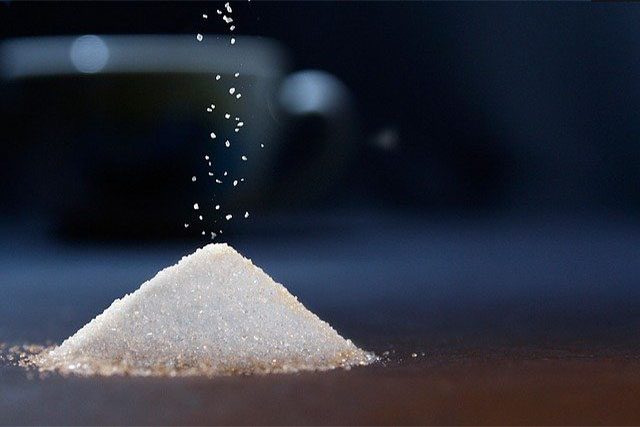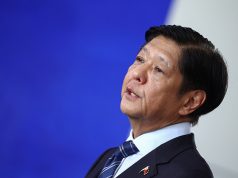- Raw sugar output for 2021/22 seen below forecast at 1.8 mln T
- Philippines importing up to 200,000 T refined sugar for now
MANILA— A sugar shortage in the Philippines has worsened as local production missed forecasts and due to a delay in planned imports of up to 200,000 tonnes of the refined sweetener, the Sugar Regulatory Administration (SRA) said on Wednesday.
Raw sugar output in the crop year ending Aug. 31 is now seen at 1.8 million tonnes, below a previous estimate of 1.98 million tonnes and compared with average annual demand of 2.03 million tonnes in the past three crop years, the government agency said.
The SRA cited the lingering effect of crop damage from a powerful typhoon that hit plantations in December, and unfavorable weather conditions.
The shortage, which has kept sugar prices elevated for months, adds to inflationary pressures facing the Philippines, with consumer prices rising at the fastest pace in more than three year in May due to high fuel and food costs.
“Prices have gone out of hand and there is this situation that we are about to run out of sugar,” SRA Administrator Hermenegildo Serafica said in a statement.
While there are no signs yet of panic buying or hoarding in the local market, the shortage and rising sugar prices will be among key challenges for President-elect Ferdinand Marcos Jr, who will take on the Department of Agriculture portfolio when he assumes power on June 30.
READ: President-elect Marcos assigns himself agriculture portfolio
To address the shortfall, the SRA had approved the importation of 200,000 tonnes of standard and bottler’s grade refined sugar, announced in February. But the plan was delayed after a local sugar producers’ group sought a court restraining order.
The importation had now been allowed, but Serafica said “the damage caused by the delay…was already done and is being felt now”.
The Philippines is not a regular sugar importer, but when necessary it usually buys from Thailand, the world’s second-largest exporter after Brazil.
—Reporting by Enrico Dela CruzEditing by Ed Davies










